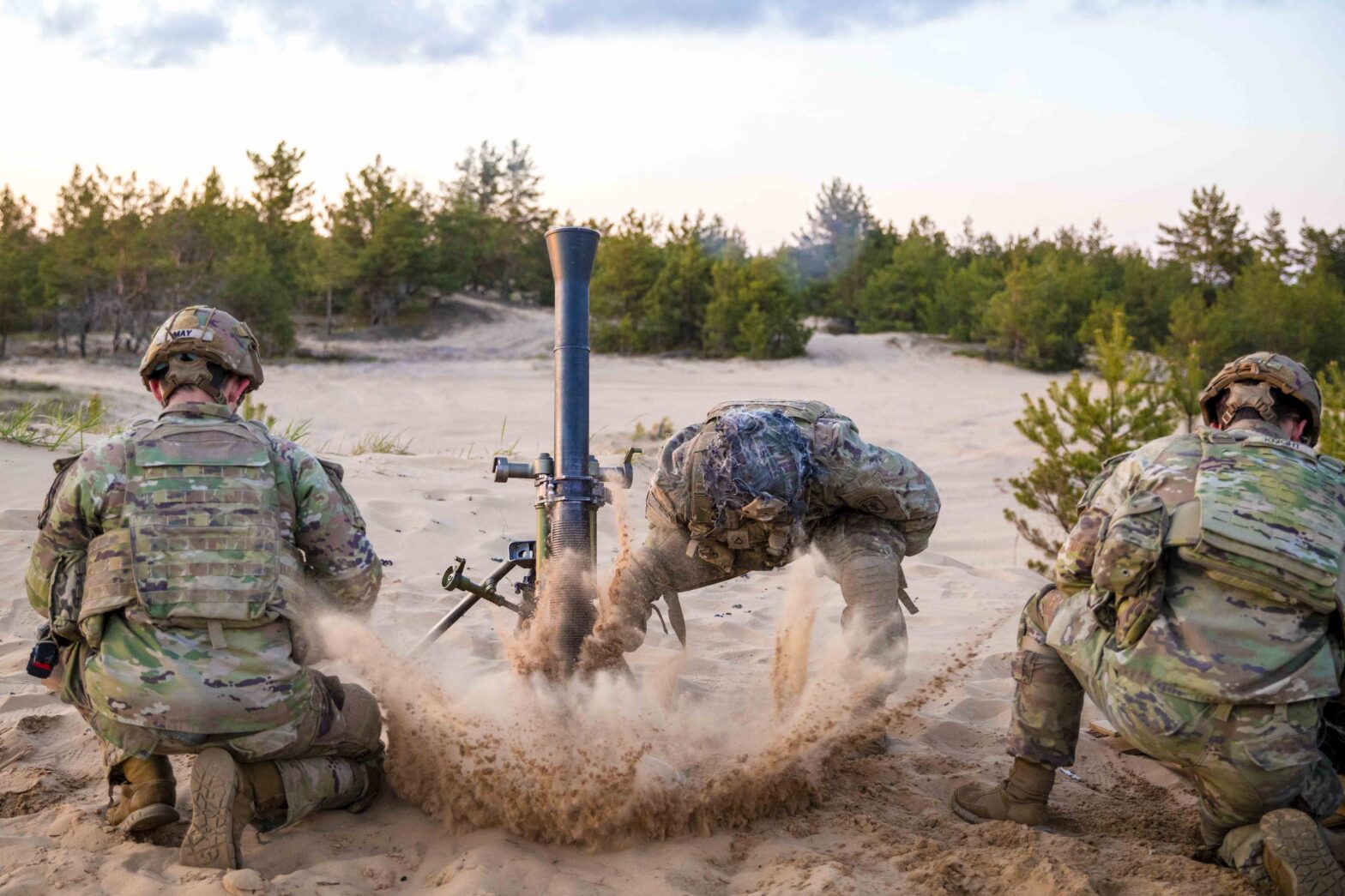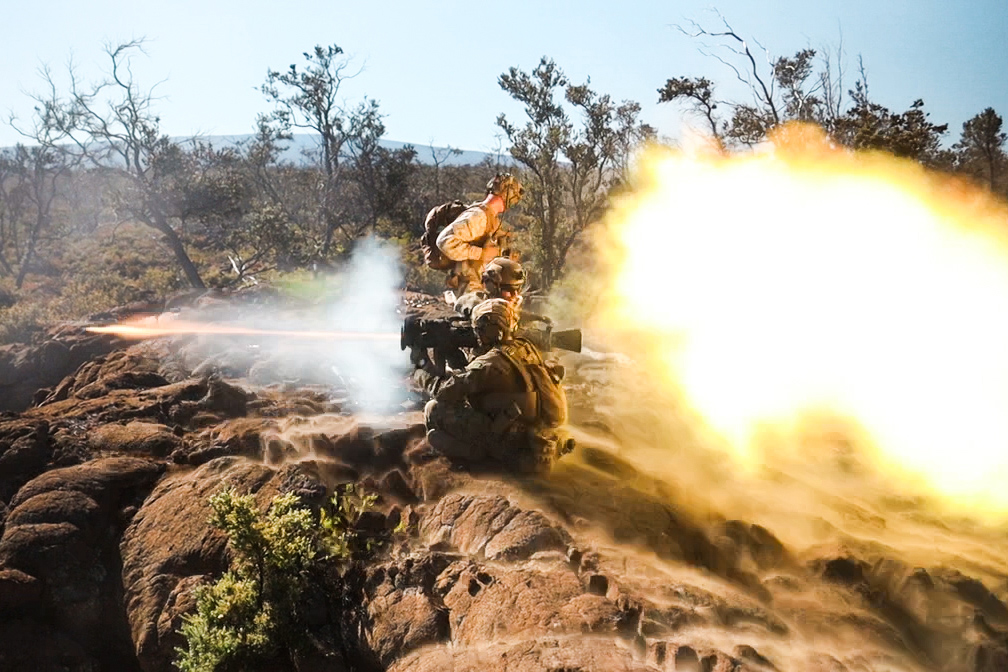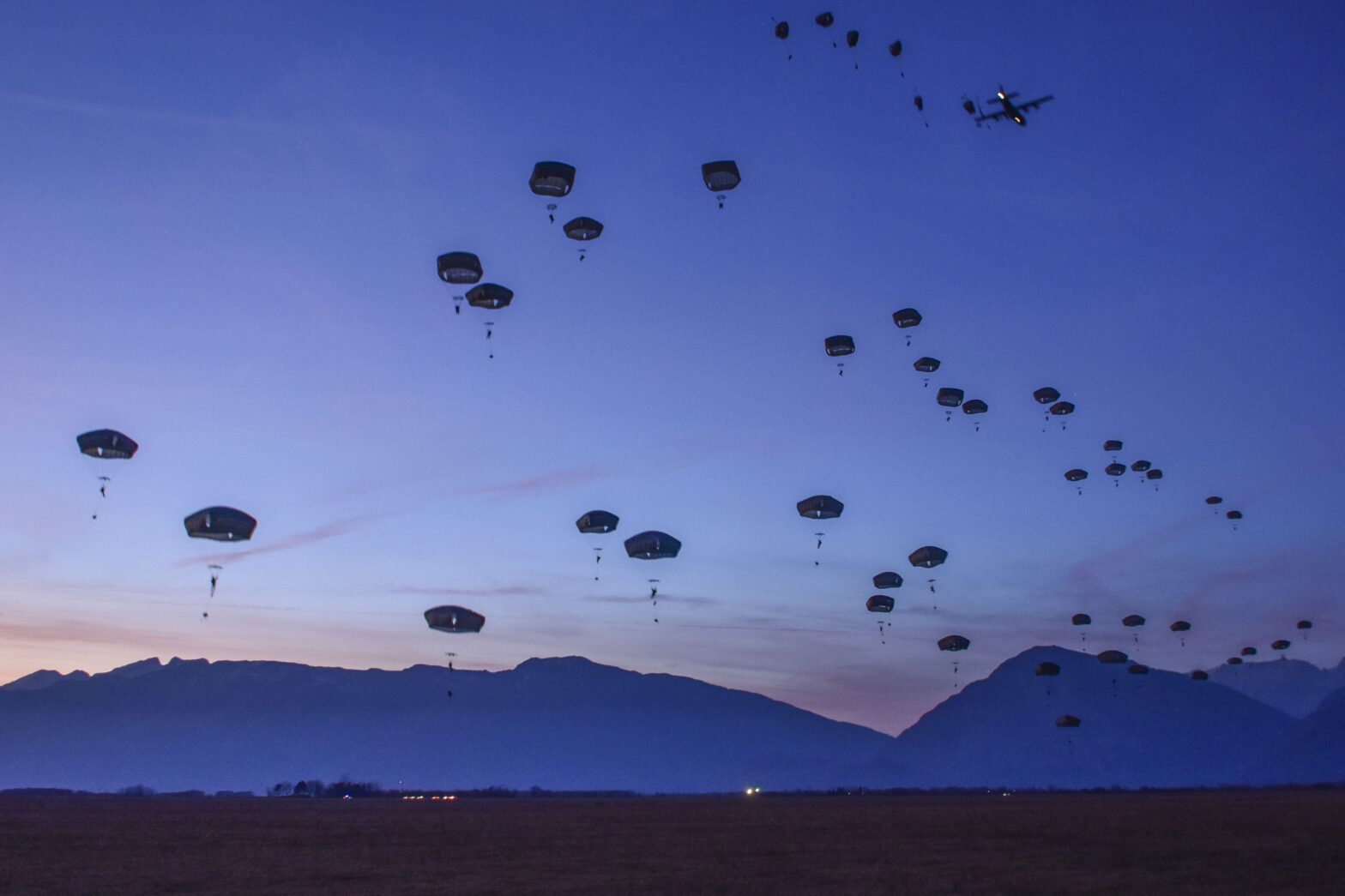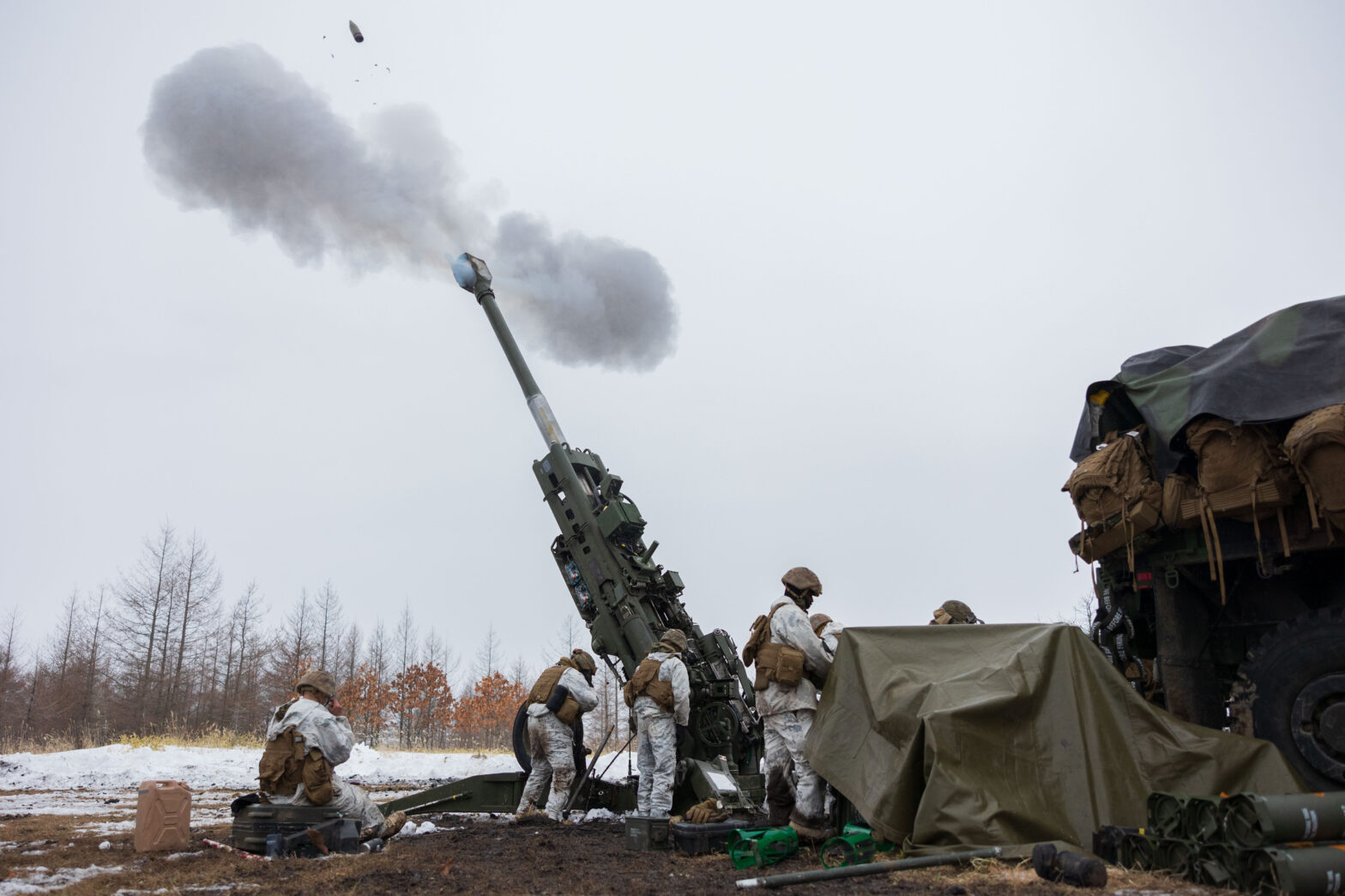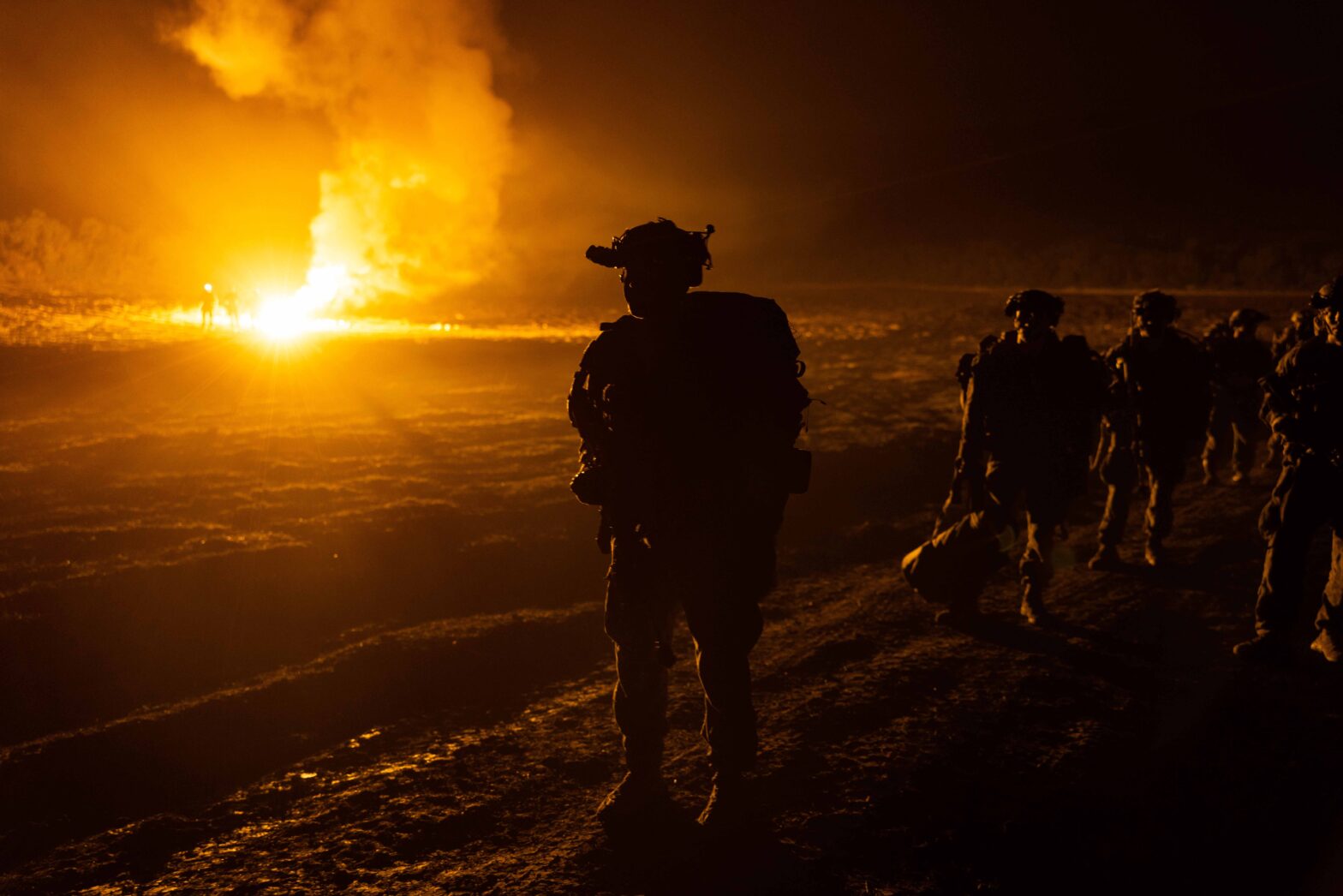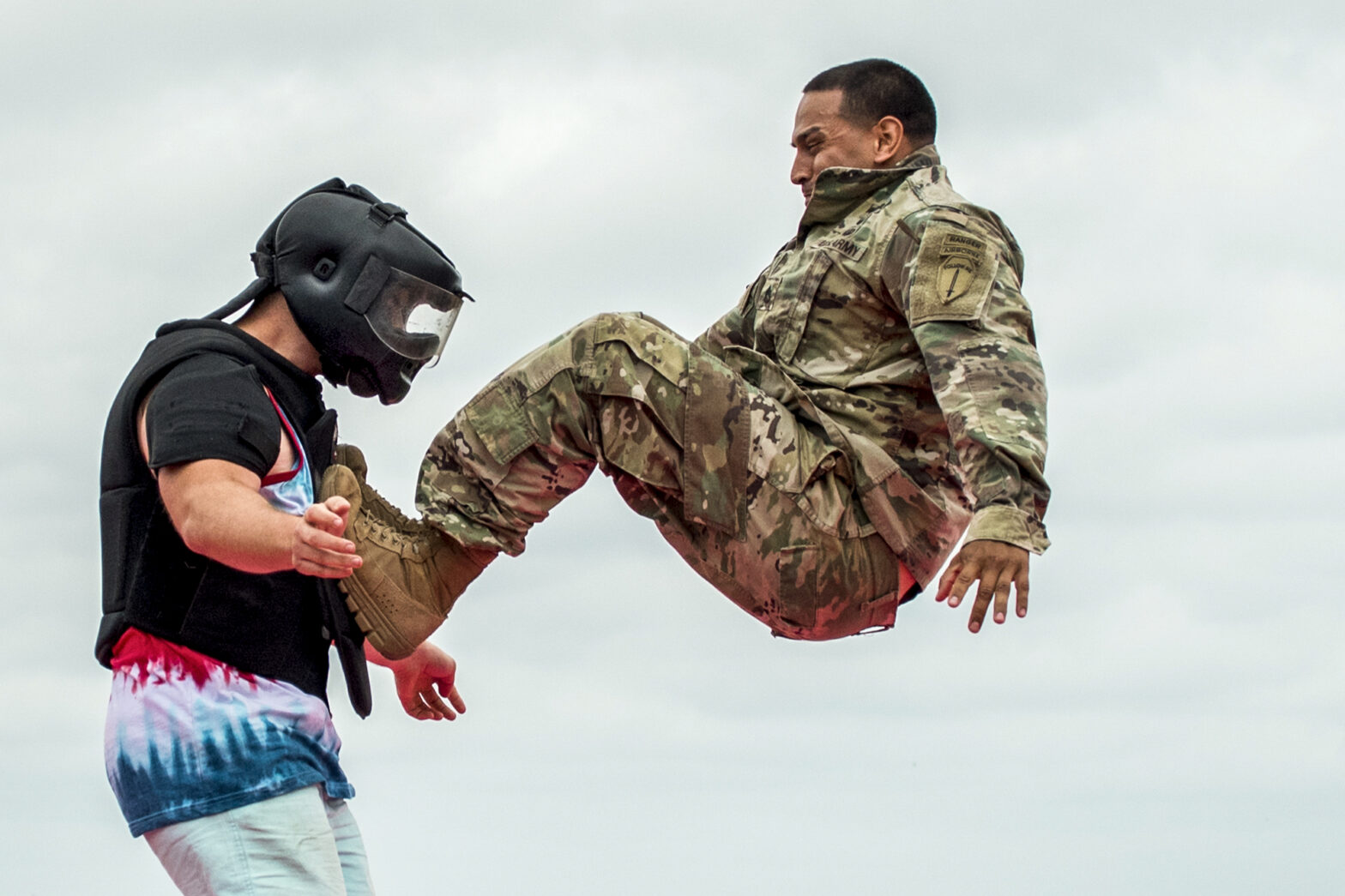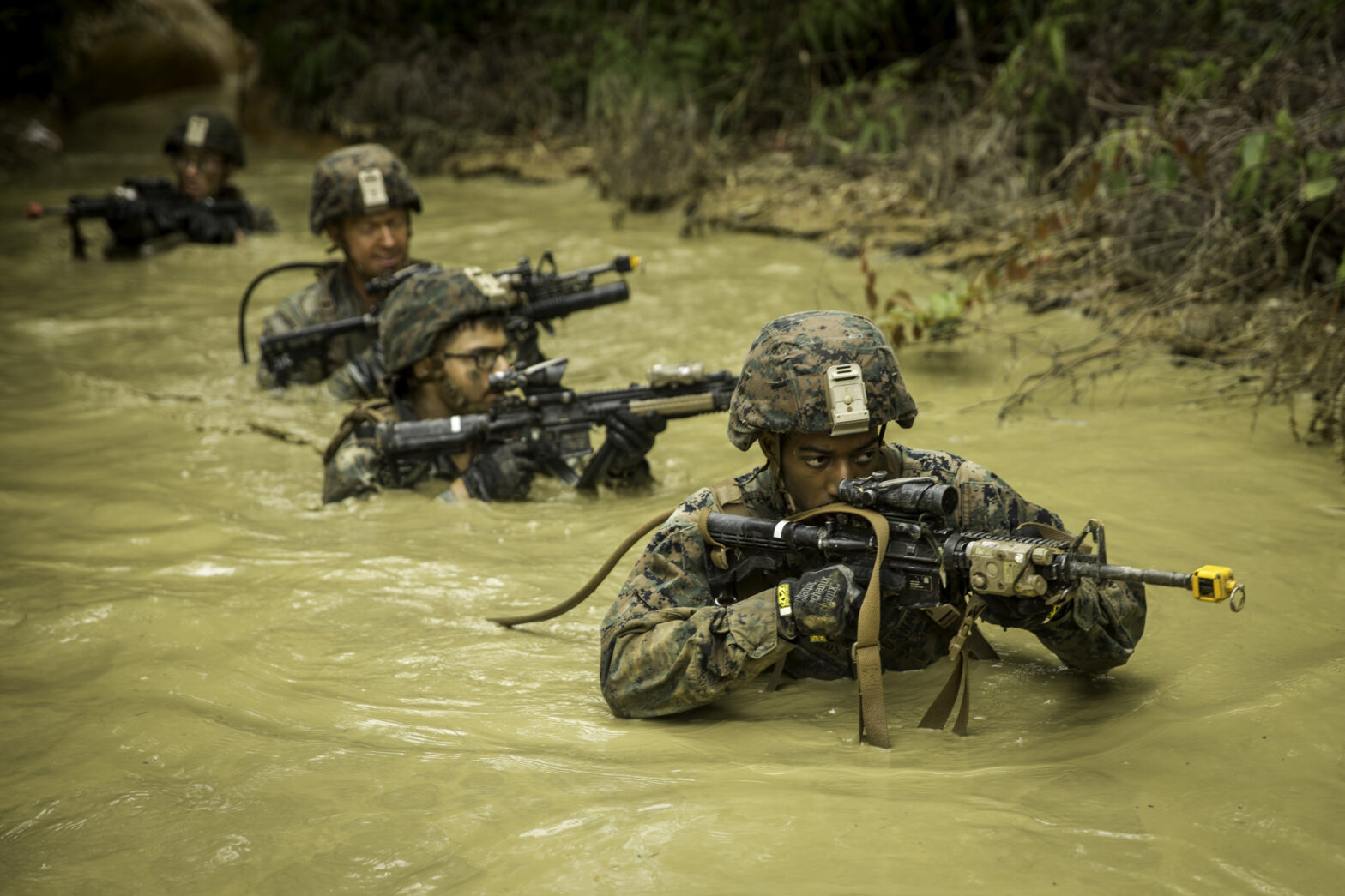A study done on U.S. Army Ranger mortarmen found that in 3 days of firing 81 and 120 mm mortar systems, the Rangers experienced cumulative blast impulses ranging from 115 psi-ms to 1,033 psi-ms. [1] A cumulative impulse greater than 25 psi-ms in 24 hours has been associated with slower reactions times. [2] These exposures… Continue reading Mortars
Author: Dani Fennerty
Repeated Blast Exposures in U.S. Special Operations
A recently published study on the impact of repeated blast exposures in active-duty U.S. Special Operations Forces demonstrated changes to the way the brain communicates, particularly in areas for responsible for cognition, decision making, impulse control, and emotion. [1] The findings of this study are consistent with other studies in this area, including those on… Continue reading Repeated Blast Exposures in U.S. Special Operations
Training for Nighttime Air Assault Landings
Air assaults commonly occur during nighttime. While this offers a strategic advantage from an operational standpoint, it is well documented that night jumps, or landings with vision reduced, increases risk for musculoskeletal injury. [1-3] When vision is limited, or completely removed, an individual must increase reliance on their somatosensory and vestibular inputs for knowing where… Continue reading Training for Nighttime Air Assault Landings
Astronaut Training for Mars: What Tactical Teams can Learn
Astronauts undergo rigorous training in preparation for spaceflight. One challenge that astronauts face in preparation for mission to Mars is what is called sensorimotor dysfunction. During spaceflight, astronauts experience prolonged zero gravity conditions, so the sensory systems responsible for movement – vestibular, visual, and proprioception – are sending altered information to the brain than when… Continue reading Astronaut Training for Mars: What Tactical Teams can Learn
Quantifying Blast Exposures
One vital step in addressing the impact of repeated subconcussive exposures on readiness is to monitor and quantify exposures to low-level blasts. There is a DOD program called CONQUER which “…is an operational monitoring program whose main objective is to provide reports to units and commands on the magnitude and frequency of blast exposure during… Continue reading Quantifying Blast Exposures
Target Training: Breacher
I’ve been building out a 12-week program on Teambuildr that develops situational awareness capabilities specific to the demands Breachers face. No matter the position, situational awareness, target focus and acquisition, and ownership of movement can all be broken down to loading the visual, vestibular, and somatosensory systems. We can just load in different ways. Here… Continue reading Target Training: Breacher
Preparing for the Future of Warfare
I have written about the importance of recognizing the impact repeated low-level blast exposures can have on readiness and lethality, and how training the sensory systems for motor control is a vital piece of the performance puzzle. Low-level blast exposures will continue to be a variable in future warfare. But I believe it is also… Continue reading Preparing for the Future of Warfare
Blasts and the Ear Canal
Primary blast injury is that due to the overpressure of the blast. Primary blast overpressure can travel through the abdomen, ears, eyes, nose, neck and mouth. The brain, lungs, intestines, eardrum, and peripheral vestibular system are particularly vulnerable to primary blast overpressure. Study by Sandlin et. al 2018 isolated blast overpressure waves to the… Continue reading Blasts and the Ear Canal
How I Progressively Load Vergence
Vergence is a vital situational awareness capability. It is the ability to keep a target in focus with forward/backward movements. Vergence requires your eyes to move in separate directions, like “cross-eyed” as a target is moving closer to you, as well as back away from you. Vergence is important to train in tactical athletes as… Continue reading How I Progressively Load Vergence
Speed and Accuracy
Capability Development: speed and accuracy of divided focus eye movements without losing control of your footwork. Key Goals: Loss of speed and precision of movement is common with increased visual demands. As we are loading the demands on your visual system, we are increasing the demands on two other sensory systems that are important for… Continue reading Speed and Accuracy
